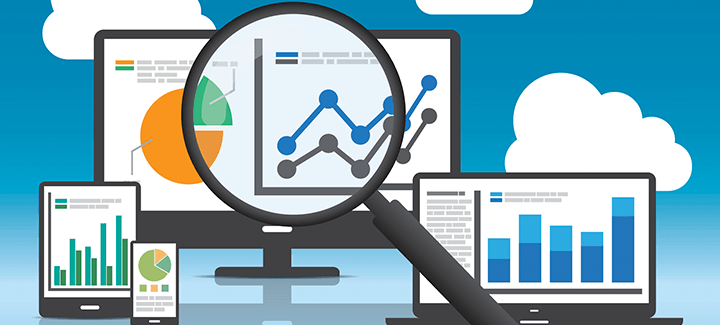Introduction
If you’re looking to get valuable information from your customers, there’s no better way than with a survey. Surveys can help you understand how your customers think about their experiences with your brand and what they want from it going forward. Surveying your customers is also one of the most effective ways to get feedback on new products or services before you invest time and money in them. In this post, we’ll cover how to design a B2B survey for due diligence purposes and give you some tips on how to make sure that your next customer survey is effective.
Know the purpose of your survey.
- Know the purpose of your survey. Why are you designing this survey? What do you want to learn from it? Will your results help make business decisions, improve customer service levels and satisfaction, or collect data for analytical purposes? Knowing the reason for creating a survey will help you prioritise what questions to ask and how much time to spend on each one.
- Consider the channels in which your respondents will participate. If possible, include both written and oral components so that participants can choose their preferred method of response (e.g., web-based vs mobile app).
Create a customer persona.
- Define the problem before starting on a solution. You need to know exactly what you’re trying to solve with your survey, so it’s important to define the problem before you start designing questions.
- Set goals before you start. If goal setting is new to you, here’s how I recommend doing it: decide on an outcome that would make a significant difference in how people feel about themselves and their lives; write this down; then think of some specific actions or behaviors that would help them achieve this outcome (you’ll also want to write these down).
Find out what channels to use.
The next step is to find a survey tool that’s compatible with your company’s systems and has the features you need. This could include:
- The ability to segment respondents into groups. For example, if you want to compare how different groups of people responded to the same survey question, you’ll need that functionality.
- The ability to send emails or SMS messages when responses are due back from your clients or suppliers. This can help ensure that everyone completes the survey on time and provides consistent results every time they take one of your surveys. It also keeps things organised so there aren’t any misunderstandings about who should be responding and when.
Decide when to ask your B2B respondent to take the survey.
To ensure that your survey is completed, it’s important to choose the right time and day. If you are surveying customers in different time zones, be aware of their working hours. For example, if you are in the US and would like to send out your survey at 11 am EST (the East Coast standard), that means your customers on the West Coast would be getting up for their morning coffee at 3 am PST (the Pacific Standard Time).
If you want to send out a survey at 4 pm BST (British Summer Time), which is the same as 9 am EST, then know that this means sending an email around noon CST (Central Standard Time) or 7 am PDT (Pacific Daylight Time).
If you’re surveying respondents from across borders, remember to check holidays when choosing dates for sending emails or other communication channels. It may take longer than expected for someone who lives abroad because they might not be able to access the computer due to public holidays or vacations.
Plan the survey structure and questions.
The following steps will help you design a B2B survey for due diligence:
- Plan the survey structure and questions. Once you have defined the purpose of your survey and identified your target audience, it’s time to decide what questions you want to ask. Make sure that they are relevant, specific, and clear. It is also advisable to keep them short and concise so that B2B survey respondents can answer them easily.
- Research competitors’ surveys: You may be tempted to create an overly long questionnaire but remember that it has been shown that shorter surveys can actually yield better results than longer ones when done right (see point above about considering response rates). We recommend finding out what competitors have done in recent years. This can give some good ideas for how best practices have changed over time as well as any key trends from industry leaders looking at similar data sets themselves.
Publish the survey and remind your respondents to complete it.
Once you have published your survey, it’s time to remind your customer to answer.
The best way to do this is by using a platform that allows you to schedule reminders.
You can set up the frequency and timing of these reminders according to your own preferences, but here are some tips for making sure that the reminders get sent at the right intervals:
- Send an initial reminder about 10-12 days after publication, with an option for respondents who have not responded yet
- If they still haven’t completed the survey after another week or so, send out another reminder
- If they still haven’t answered after another week or so, send out one more reminder before closing down the survey.
Analyse the results and make conclusions.
Here’s where the rubber meets the road. You’ve completed your survey and now it’s time to analyse the results and make conclusions.
If you expected a certain response, did you get it? If not, why? Look at what questions were answered differently from what you’d expect and ask yourself why that is. Was there something in your survey that caused this result? If so, what can be done to change it?
By looking at all of these responses together, we can see patterns emerging which will help us understand our customers better than ever before. This information is incredibly valuable for companies looking for ways to improve their products or services based on customer feedback.
Survey design is an art that takes time to master but you can start by following these steps.
Good survey design is an art that takes time to master. It’s not a one-time event, but rather a process that needs to be iterated on and improved over time.
The best way we have found to improve the quality of your surveys, as well as B2B market research, is through sharing them with colleagues in the industry or even other companies within your own organisation.
If you want to learn more about how B2B surveys can be used for due diligence, please feel free to contact us at GrapeData.








